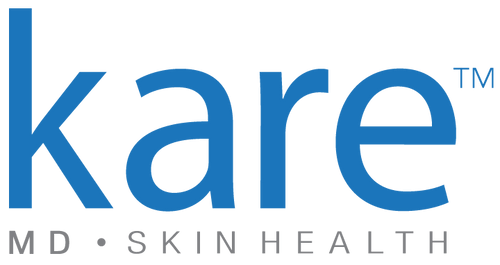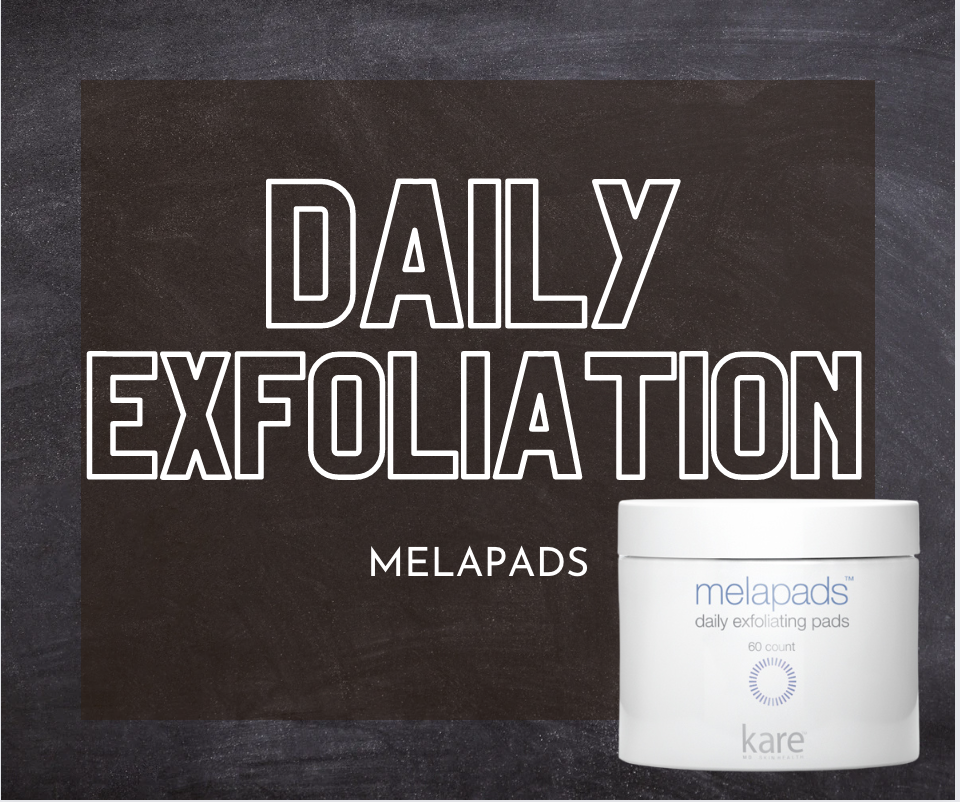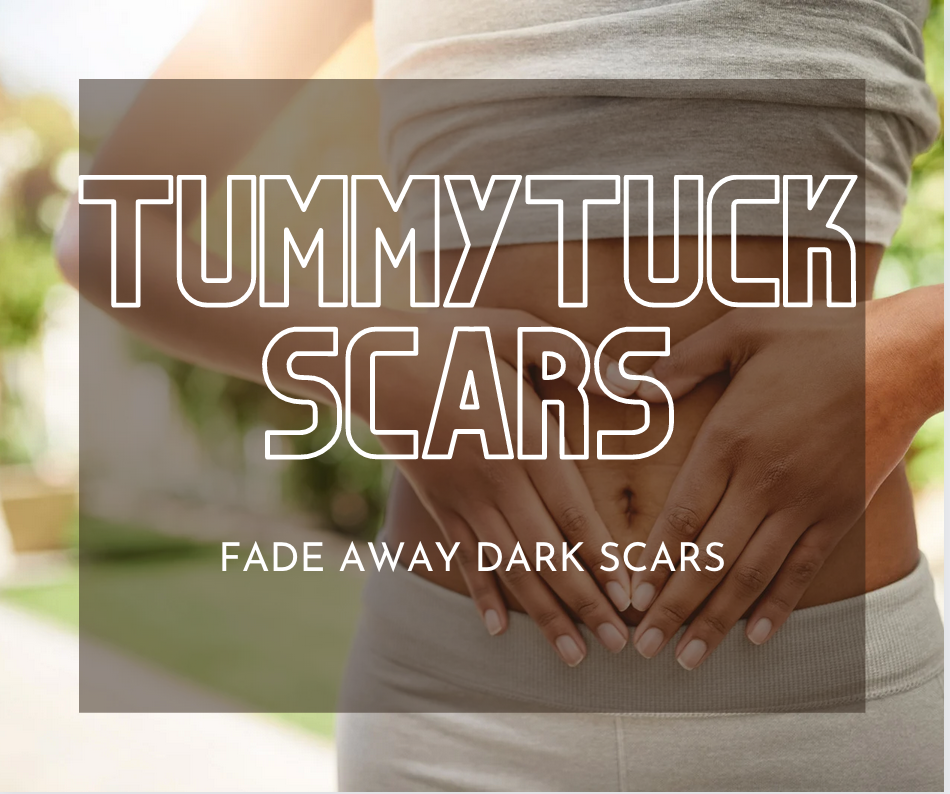When it comes to scar treatment, your best option is always to prevent scars before they come up and become visible. Cosmetic surgery has evolved over the last several decades to encompass many different scar mitigation techniques to reduce the visibility of scars and their overall occurrence.
Many of these treatments for scar removal have focused on lasers and topical treatments that can be applied after a scar has formed. The better option is to minimize the characteristics of a scar as a wound develops and heals. It is very important to optimize wound healing, and reduce the risk of infection and inflammation, which may further aggravate a healing incision.
Some of the best methods to reduce the occurrence of scars include topical scar creams to optimize skin healing and reduce the likelihood of visible scars.
Post-Op Scar Prevention (Plato's Scar Serum 15 gm)
Plato's scar serum has been a go-to scar treatment gel for cuts, scrapes, burns, and plastic surgery incisions. Studies have clearly shown the benefits of polysiloxane-based gels, and Plato's scar serum fits the bill. Once an incision has epithelialized and healed over, it is best to apply the scar serum on the wound twice daily in order to reduce inflammation and optimize skin healing. The scar gel helps massage down active scars, and facilitates the process of scar remodeling in new and old scars.

Hypertrophic and Keloid Scars (Plato's Scar Serum 15 gm)
Our favorite scar treatment for hypertrophic and keloid scars begins with proper wound care and application of Plato scar serum twice a day. Board-certified dermatologists and plastic surgeons agree that these types of silicone gel regimens can mitigate information which is a predominant factor in the evolution of hypertrophic and keloid scars. Whether your scar is new or old, application of Plato's scar serum can optimize wound healing and reduce the visibility of your scars. When comparing silicone sheets to a silicone gel; most plastic surgeons would prefer a dynamic massage with a silicone gel in order to improve scar remodeling. The major downside of a silicone sheet is that it's static, and does not allow a patient to actively massage down scars.




